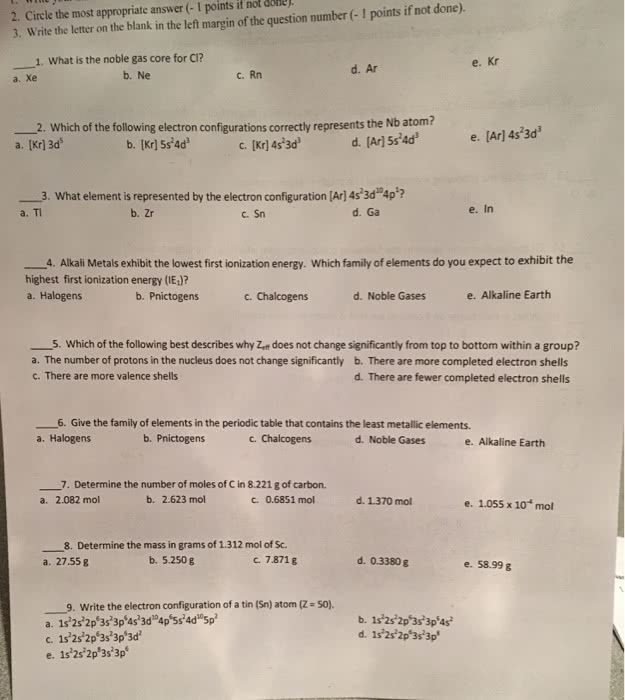CHEM 112 Lecture Notes - Lecture 4: Effective Nuclear Charge, Valence Electron, Atomic Radius
Document Summary
Groups similar elements together, periodic variations in physical and chemical behaviour. Helps to focus on similarities and differences among known elements. Helps to predict properties of elements not yet discovered. Group number represents number of electrons found in valence shell. Alkali metals, alkaline earth metals, chalcogens, halogens, inert or noble gases. Horizontal rows into which elements are arranged. Distance from nucleus within which 95% of all electron. Measured by determining distance between nuclei of. Covalent radius half the distance between nuclei of two covalently bonded. Ionic radius distance between nuclei of ions joined by ionic bond density is found adjacent atoms identical atoms. Increases from top to bottom down a group, decreases from left to right across a period. Influenced by attraction of outermost electrons towards nucleus. Charge experienced by outermost electrons, assuming inner electrons shield nucleus from view. Core charge = z(atomic number) - # inner core electrons. Two 1s electrons are core electrons (everything but valence shell)



